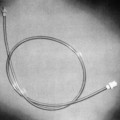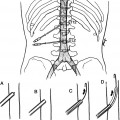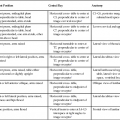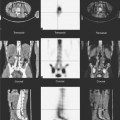CHAPTER 22 After completing this chapter, the reader will be able to perform the following: There are three pairs of salivary glands—the parotid glands, submandibular glands, and sublingual glands (Fig. 22-1).
Sialography
 Identify the anatomy of the salivary glands
Identify the anatomy of the salivary glands
 List the indications and contraindications for the procedure
List the indications and contraindications for the procedure
 Identify the type of contrast media used for the procedure
Identify the type of contrast media used for the procedure
 Describe the patient preparation for the procedure
Describe the patient preparation for the procedure
 List the specialized equipment necessary for the procedure
List the specialized equipment necessary for the procedure
ANATOMIC CONSIDERATIONS

Radiology Key
Fastest Radiology Insight Engine









